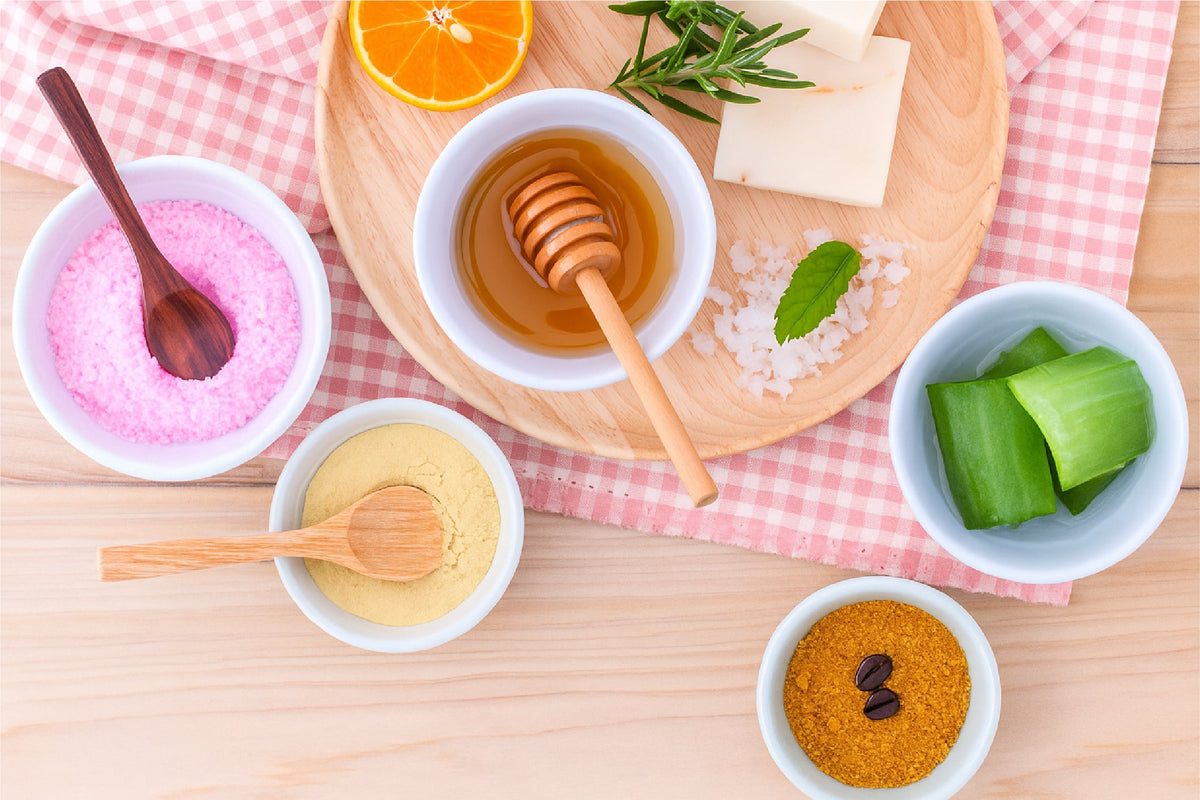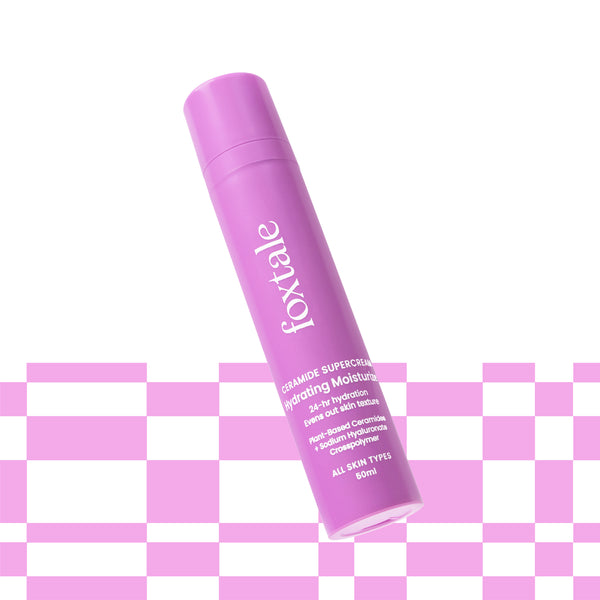
Dry skin can sneak up on you — one day your skin feels fine, and the next it's tight, flaky, or just plain uncomfortable. Whether it's your face, hands, or legs, that rough, stretched feeling can make even your go-to skincare efforts feel futile.
Before you reach out for another store-bought cream, it’s worth checking your own kitchen. Some of the best fixes for dry skin are surprisingly simple — and natural. These at-home remedies help restore moisture, calm irritation, and leave your skin feeling comfortable again — no fancy products required.
Why Dry Skin Occurs
Dry skin isn’t just about a lack of moisturizer. Several things can throw your skin off balance:
- Weather: Cold, dry air and harsh wind are common culprits in winter months.
- Hot showers: Soothing as they are, long, steamy showers can strip your skin’s natural oils.
- Genetics: Some people naturally produce less oil, which makes their skin drier year-round.
- Skincare habits: Harsh soaps, over-exfoliation, or skipping moisturizer can make things worse.
- Underlying conditions: Eczema, psoriasis, and dermatitis can all cause dryness or flaking.
Dry skin often shows up differently depending on where it is. On your face, it might feel tight or look flaky around the nose and forehead. On your body, it’s often rough patches on the legs, arms, or hands. But regardless of where you experience it, the goal is the same — to soothe and protect your skin.
Home Remedies for Dry Skin
1. Coconut Oil: Nature’s Moisturizer
Coconut oil is rich in fatty acids that help soften and smooth dry, cracked skin. It’s especially effective on areas like your elbows, heels, and hands — places that often get overlooked.
How to Use It:
Rub a small amount between your palms and then gently massage it into clean skin. At night, try applying a thin layer before bed so it has time to sink in while you sleep.
2. Oatmeal Baths: Soothing Relief
Colloidal oatmeal (aka finely ground oats) has natural compounds that can calm inflammation and soothe irritation. In case the skin is getting dry and itchy — especially from cold weather or conditions like eczema — this is a comforting way to give it some relief.
How to Use It:
Blend the plain oats until they become a fine powder and sprinkle a handful into a warm bath. You have to soak for 15 to 20 minutes, then gently pat your skin dry — no rubbing.
3. Aloe Vera Gel: Hydration Boost
Aloe vera isn’t just for sunburns. The clear gel inside the leaves is packed with water and antioxidants that help calm and hydrate dry or irritated skin.
How to Use It:
Slice open a fresh leaf, scoop out the gel, and apply it directly to dry areas. Leave it on for 15–20 minutes before rinsing. You can also use pure store-bought Aloe gel (check that it’s free of alcohol or added fragrance).
4. Honey: Natural Humectant
Honey has the tendency to draw moisture into the skin and hold that moisture in there. It also has gentle antibacterial properties, which can be super helpful if your skin is prone to both dryness and breakouts.
How to Use It:
Spread raw honey (a thin layer of it) on clean, slightly damp skin. What you have to do after that is to let it sit for about 10–15 minutes, then rinse with warm water. You can also mix it with a few drops of olive oil to boost hydration even more.
5. Olive Oil: Deep Moisturization
Olive oil is super loaded with antioxidants and healthy fats that nourish dry, rough skin. If you have dry arms, dry legs, or even dry hands, olive oil is the way to go, and it will help you out if your skin is behind in terms of moisturization.
How to Use It:
Apply a small amount to damp skin after a shower to lock in moisture for really dry areas (like cracked heels), put on a thick layer, and cover with cotton socks or gloves overnight.
6. Milk: Gentle Exfoliation
Milk contains Lactic Acid, and this lactic acid helps break down dead skin cells without the harshness of a scrub.
How to Use It:
First, soak a clean cloth in cold milk and lay it over dry areas for 5–10 minutes. Then, rinse off with cool water. Doing this a few times a week can help keep skin smoother and evener.
7. Humidifiers: Restoring Air Moisture
Dry indoor air can be just as damaging as a cold wind. Heaters and AC both pull moisture out of the air, which pulls it out of your skin, too.
What to Do:
Use a humidifier in your bedroom — especially during winter — to add moisture back into the air while you sleep. Clean it weekly to prevent bacteria or mold.
8. Hydration: Internal Moisture
When your body’s dehydrated, your skin is one of the first places it shows. Dryness, tightness, and a lack of glow can all be linked to not drinking enough fluids.
How to Fix It:
Aim for around eight glasses of water a day — more if you’re sweating, drinking caffeine, or in a dry climate. Adding hydrating foods like watermelon, cucumber, and oranges can also help.
Tips for Preventing Dry Skin
Once your skin’s feeling better, a few small tweaks to your routine can help keep dryness at bay:
- Use gentle, fragrance-free cleansers instead of harsh soap.
- Keep showers short and warm, not hot.
- Apply moisturizer on damp skin— that’s when it absorbs best.
- Add a Ceramide moisturizer to strengthen your skin barrier.
- Wear gloves in winter and use a humidifier indoors when needed.
- Include omega-3s in your diet — found in things like walnuts, chia seeds, or salmon.
Consistency is key. Your skin won’t change overnight, but small, daily habits will make a big difference over time.
Conclusion
You don’t need to overhaul your skincare routine or spend a fortune on luxury creams to deal with dry skin. Simple, natural remedies such as coconut oil, aloe vera, oatmeal, and honey — offer real relief when your skin feels rough or tight. Pair these with smart habits like keeping yourself hydrated, using products that are gentle to your skin, and protecting your skin from harsh air, and you’ll see lasting improvement.
FAQs
How often should I apply these remedies?
Most of these — like coconut oil, aloe, and olive oil — can be used daily. Masks or treatments like honey or milk compresses are best done 2–3 times per week.
Which homemade pack is best for dry skin?
A mix of olive oil and raw honey makes a great hydrating mask. Leave it on for 10–15 minutes and rinse off with lukewarm water.
Which moisturizer is best for dry skin?
Look for products that have Ceramides, Hyaluronic Acid, or Glycerin. These ingredients help the skin to hold more moisture and repair its natural barrier.




